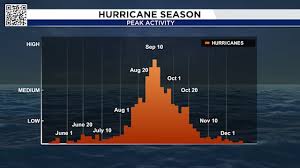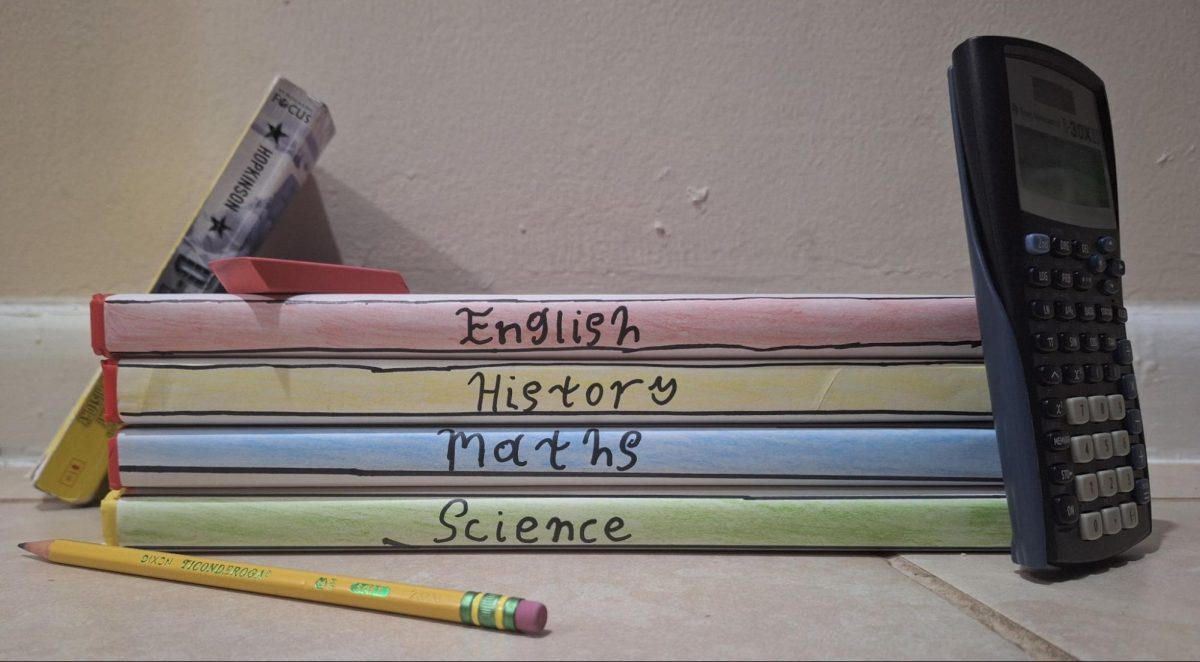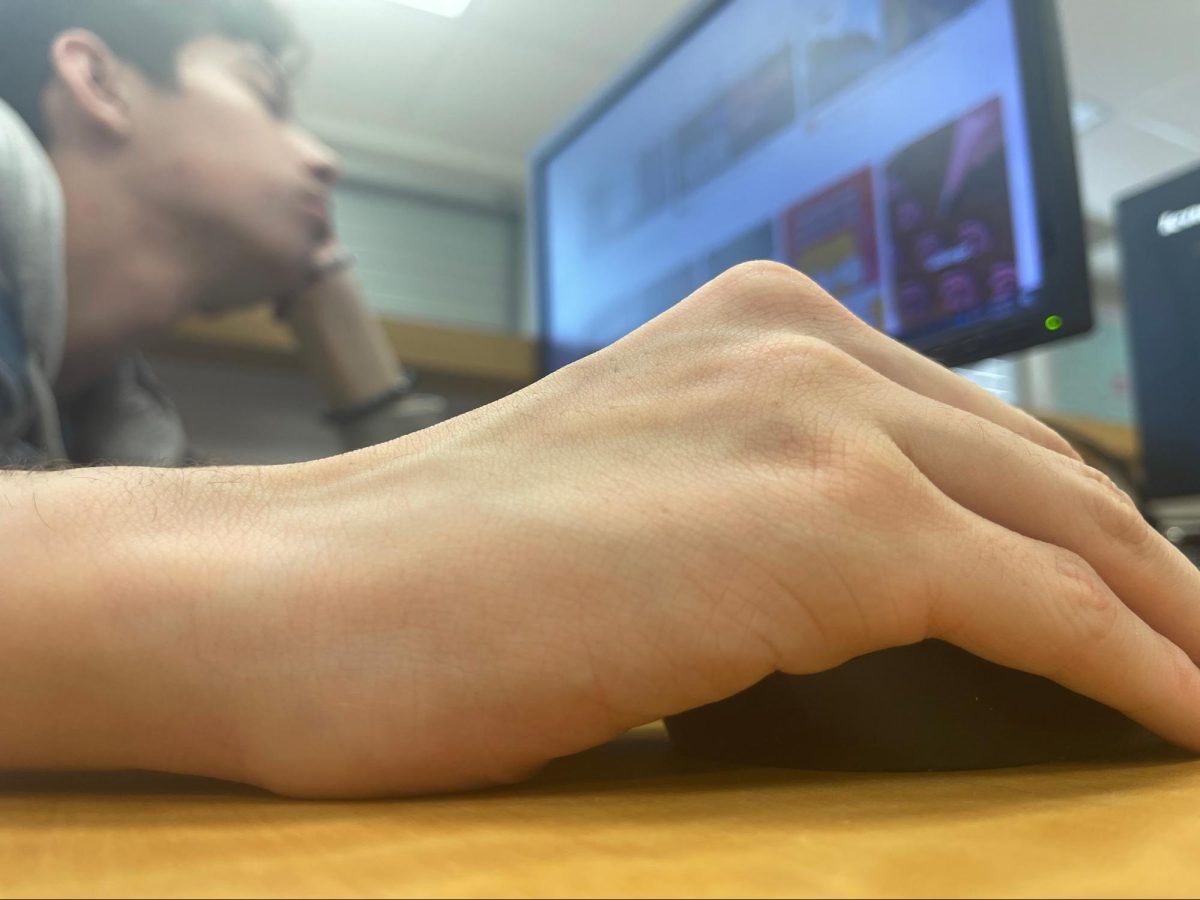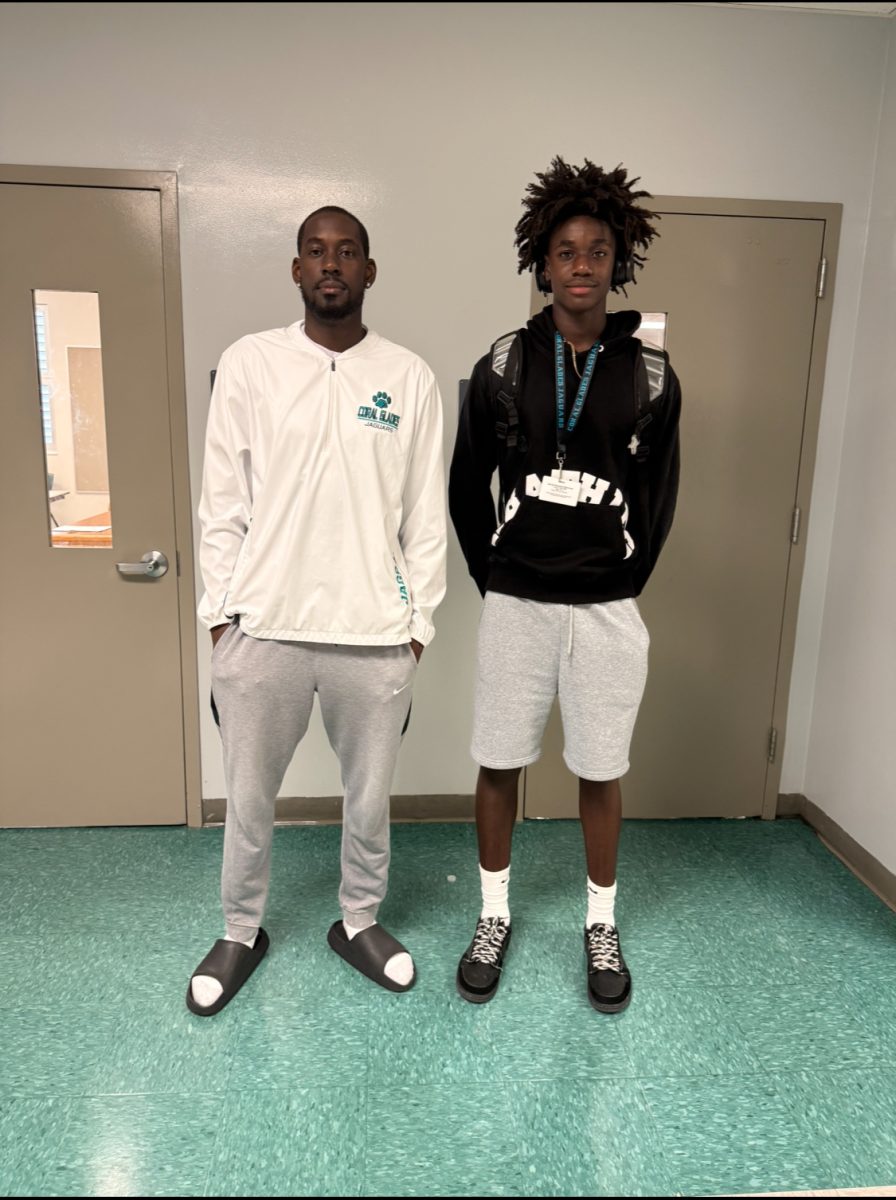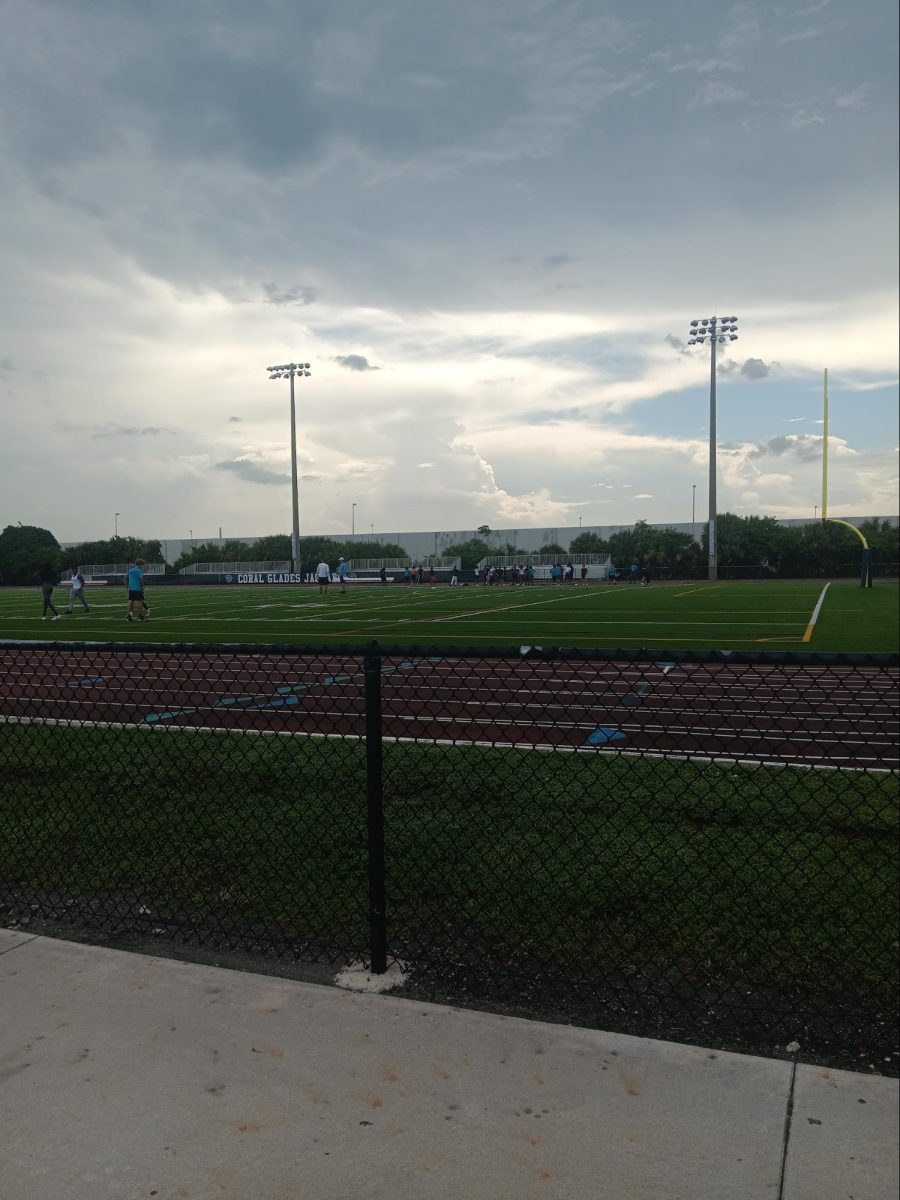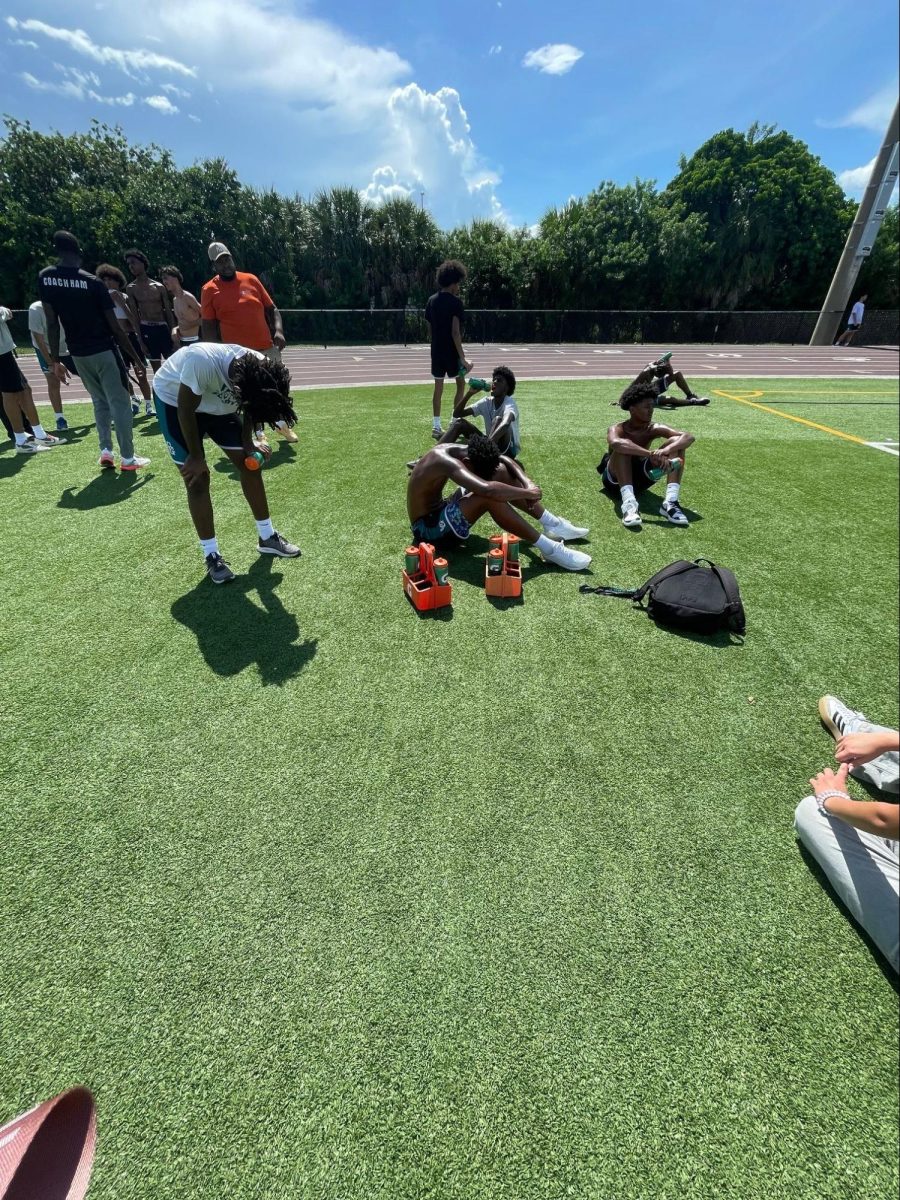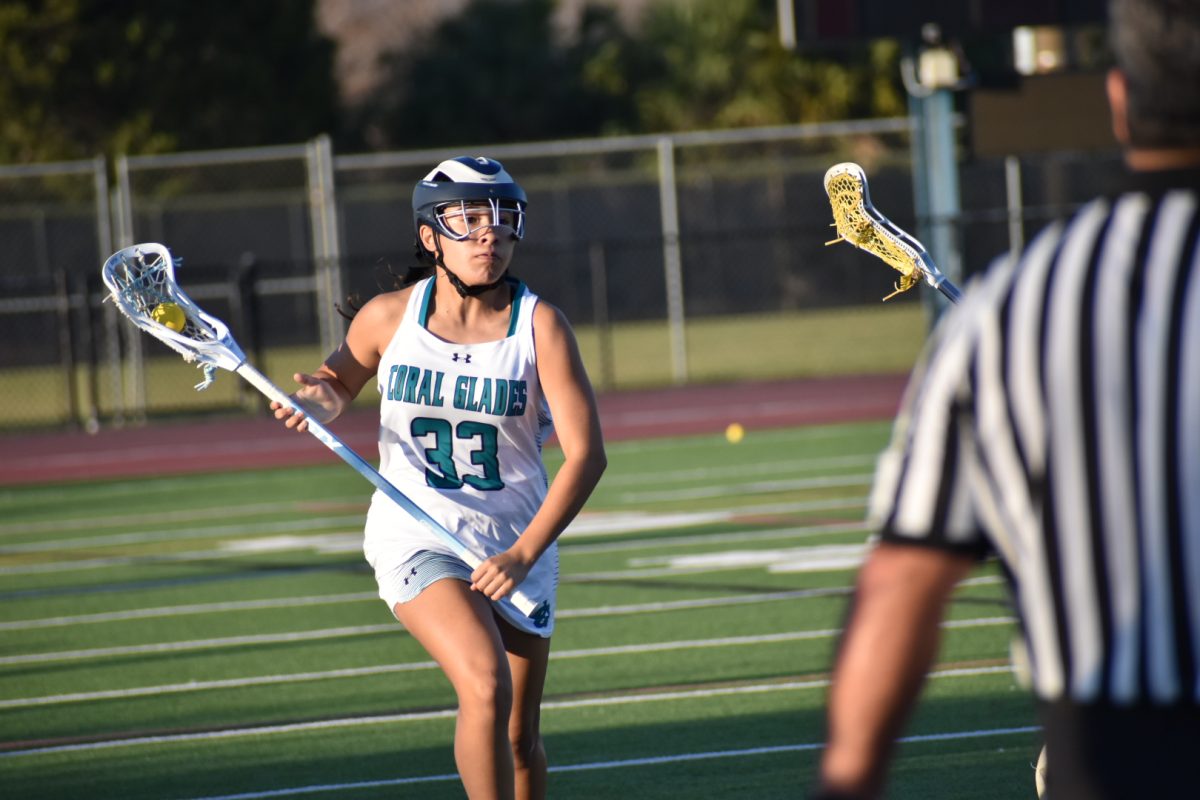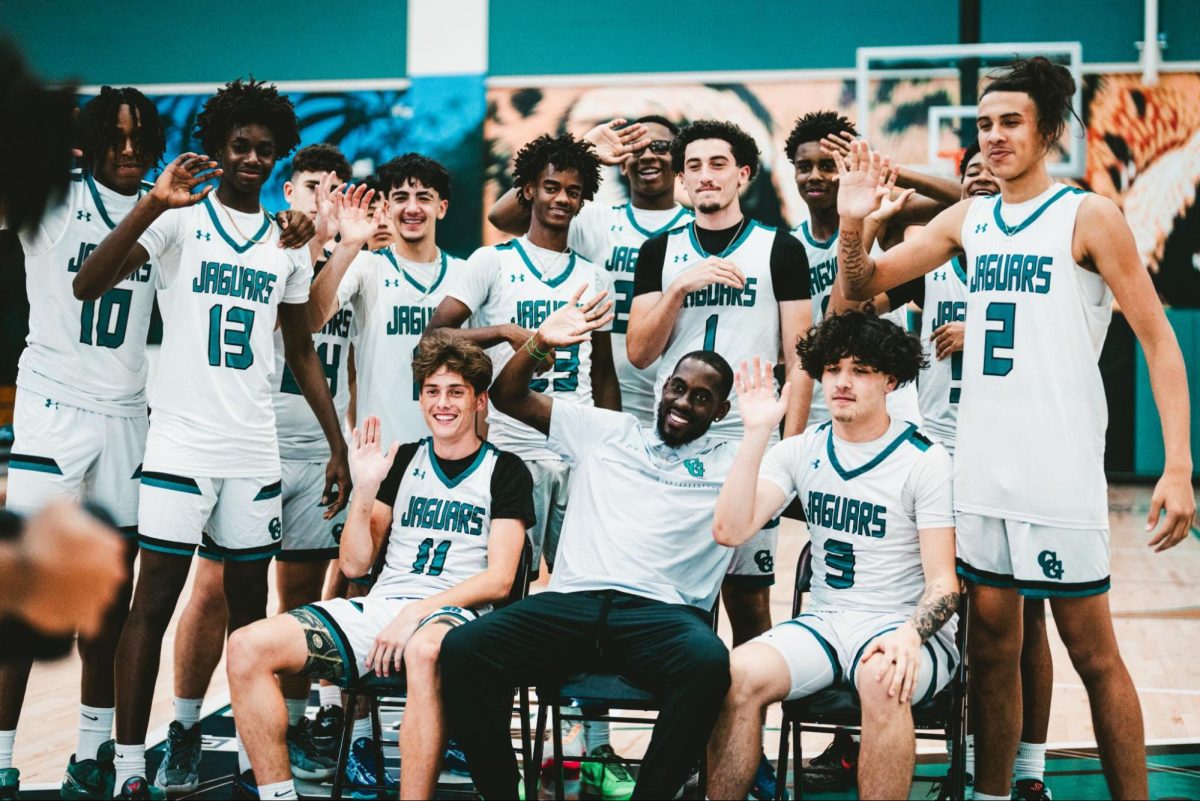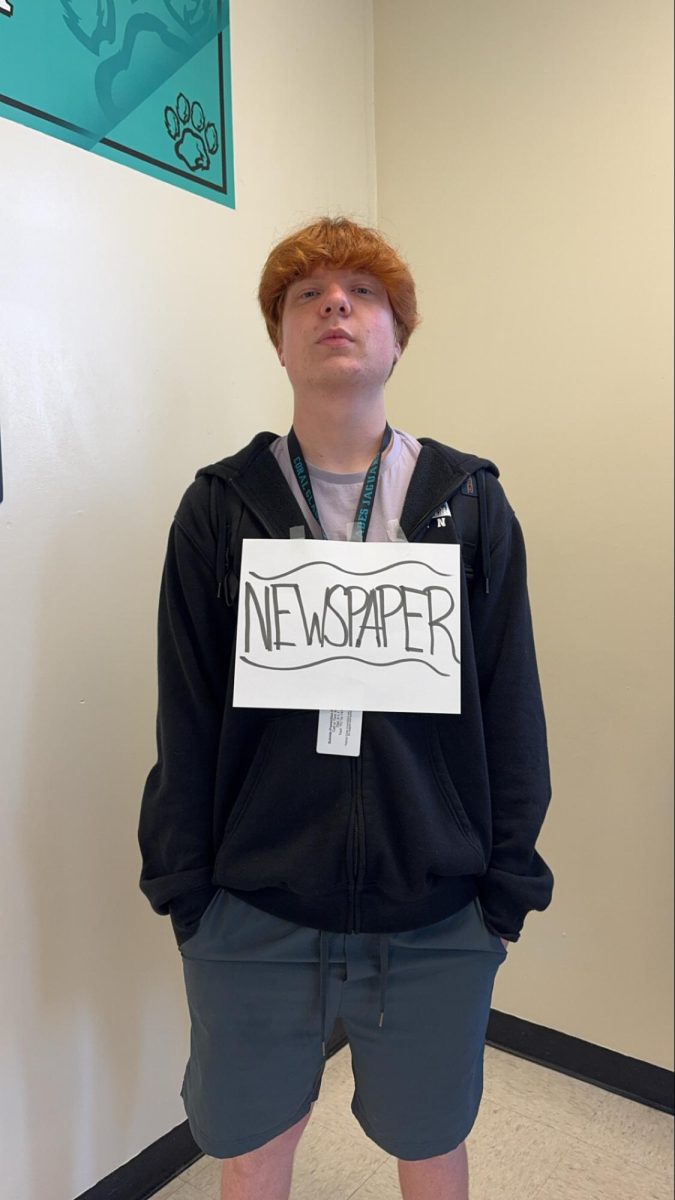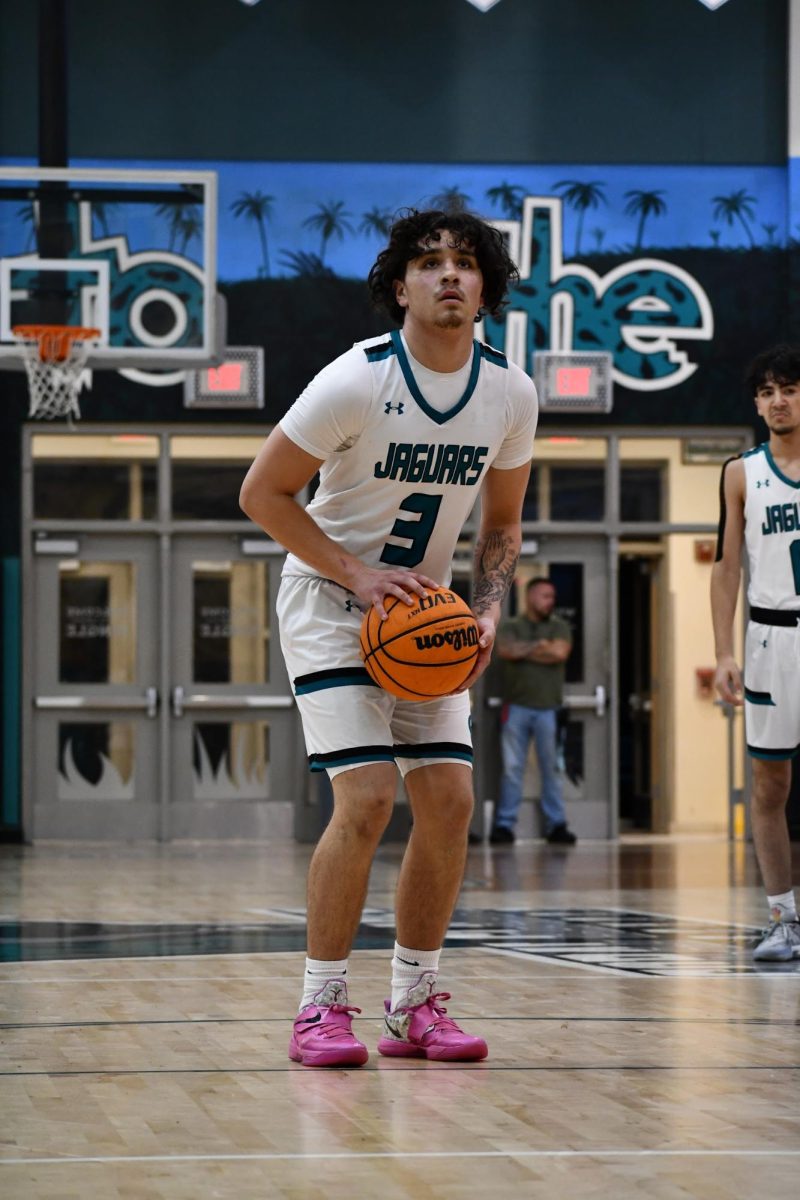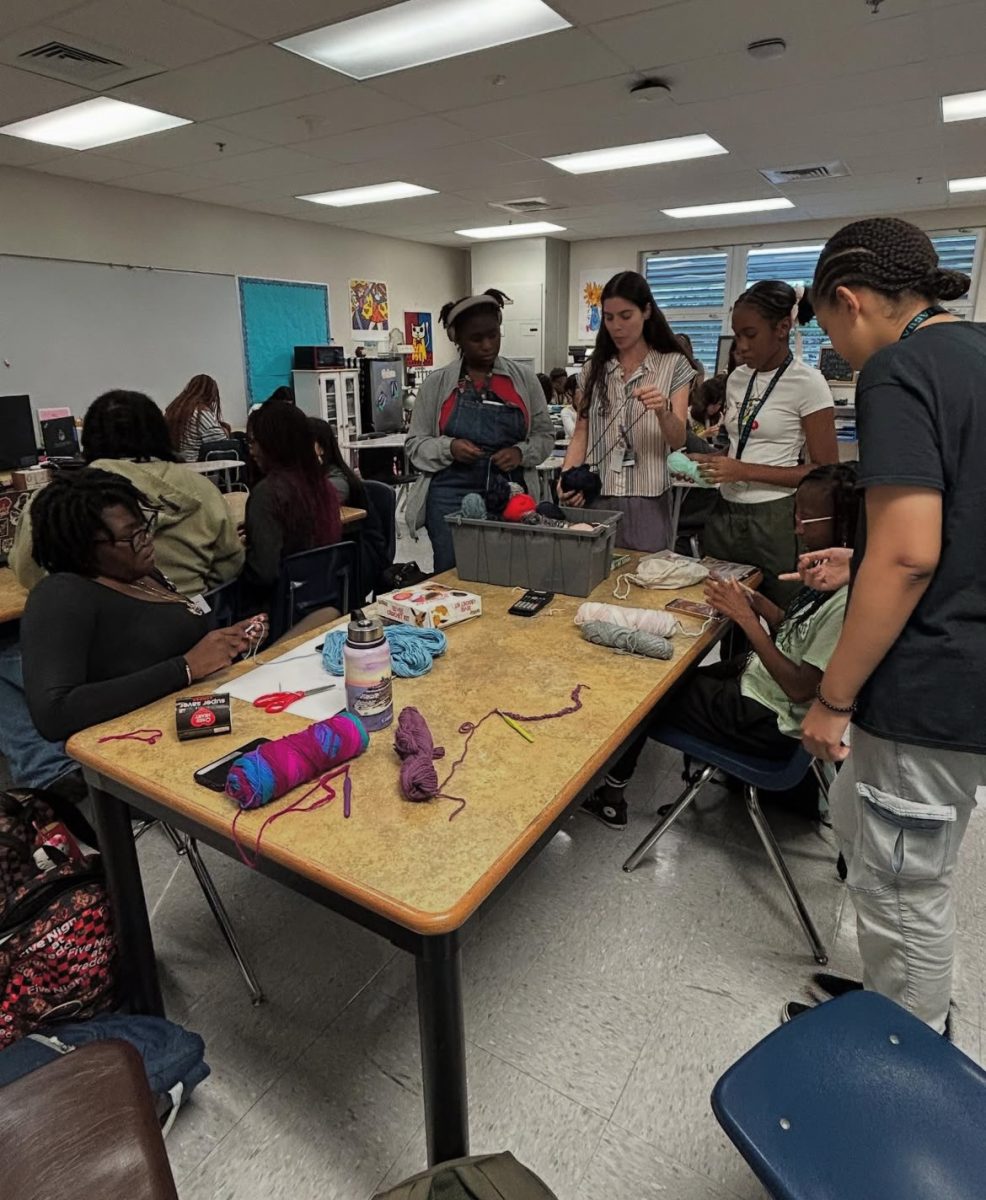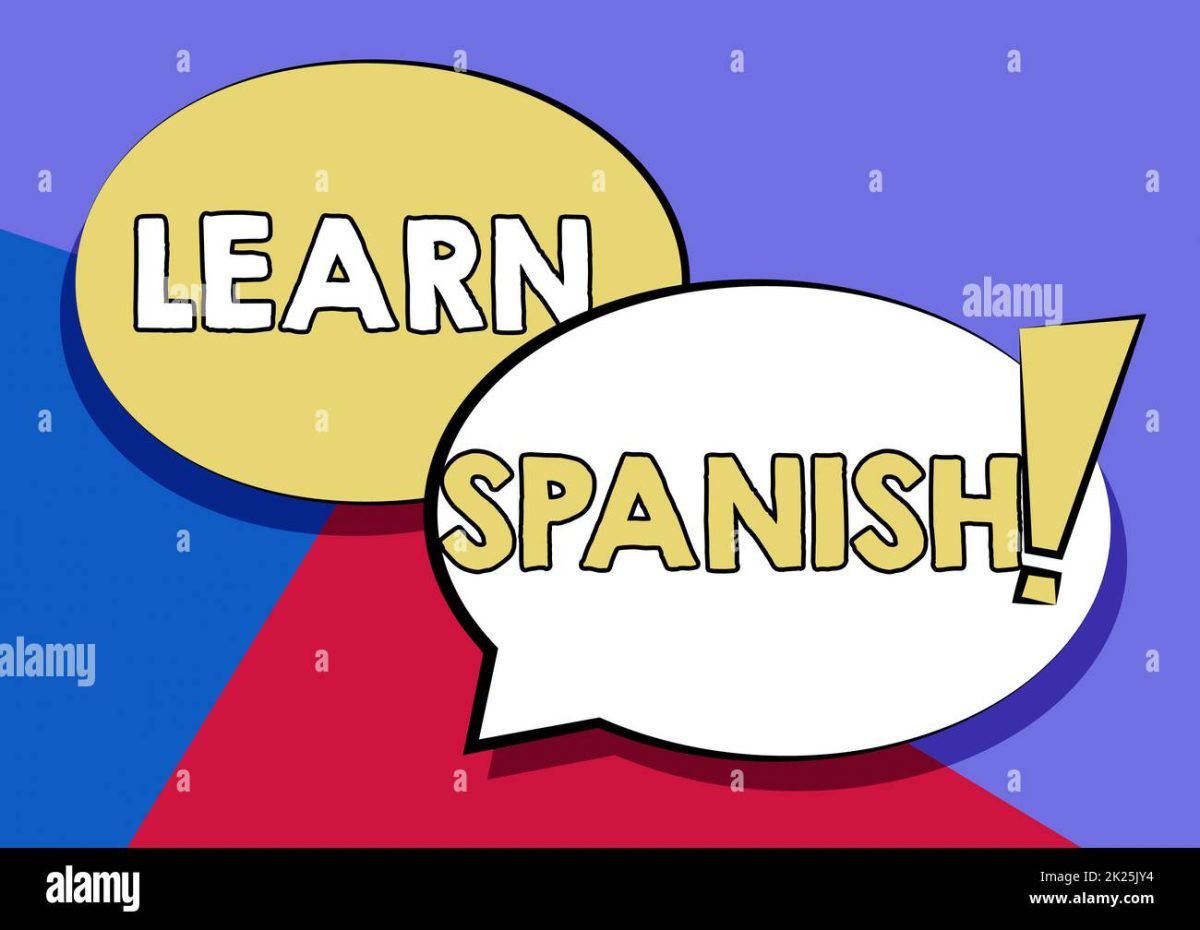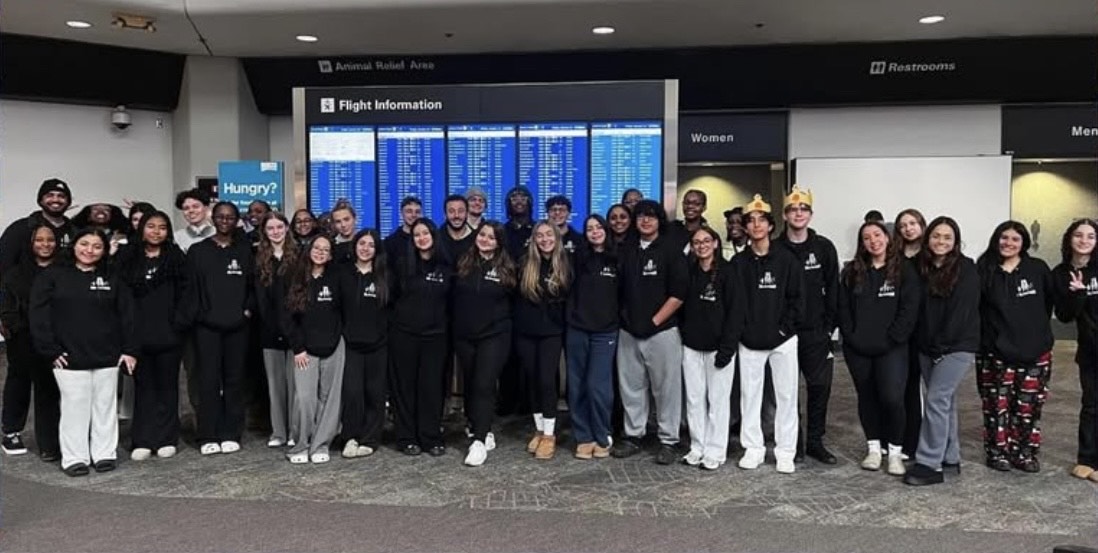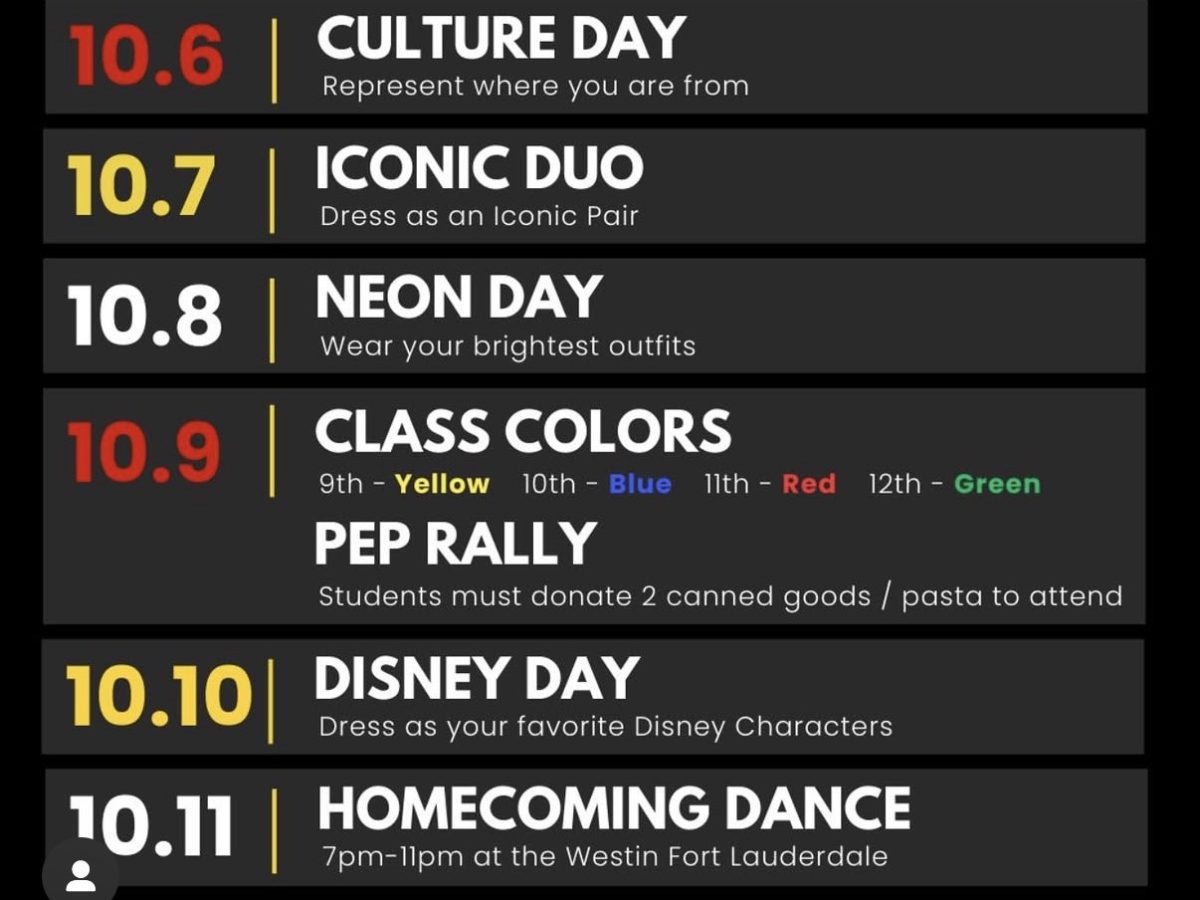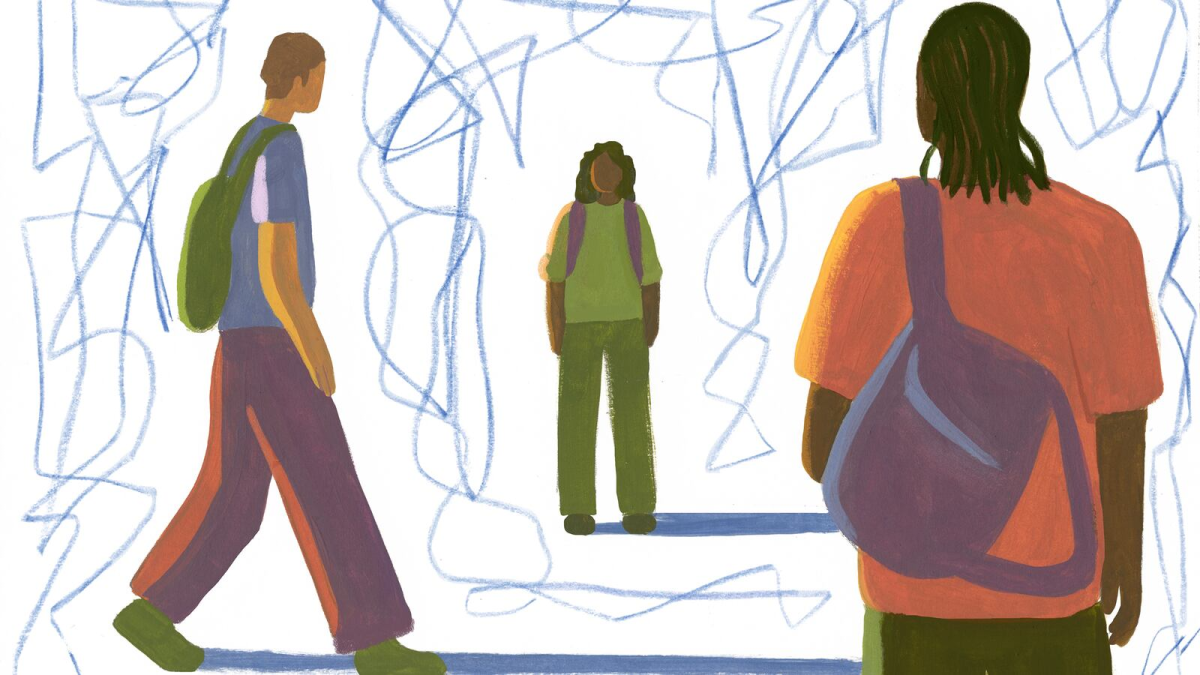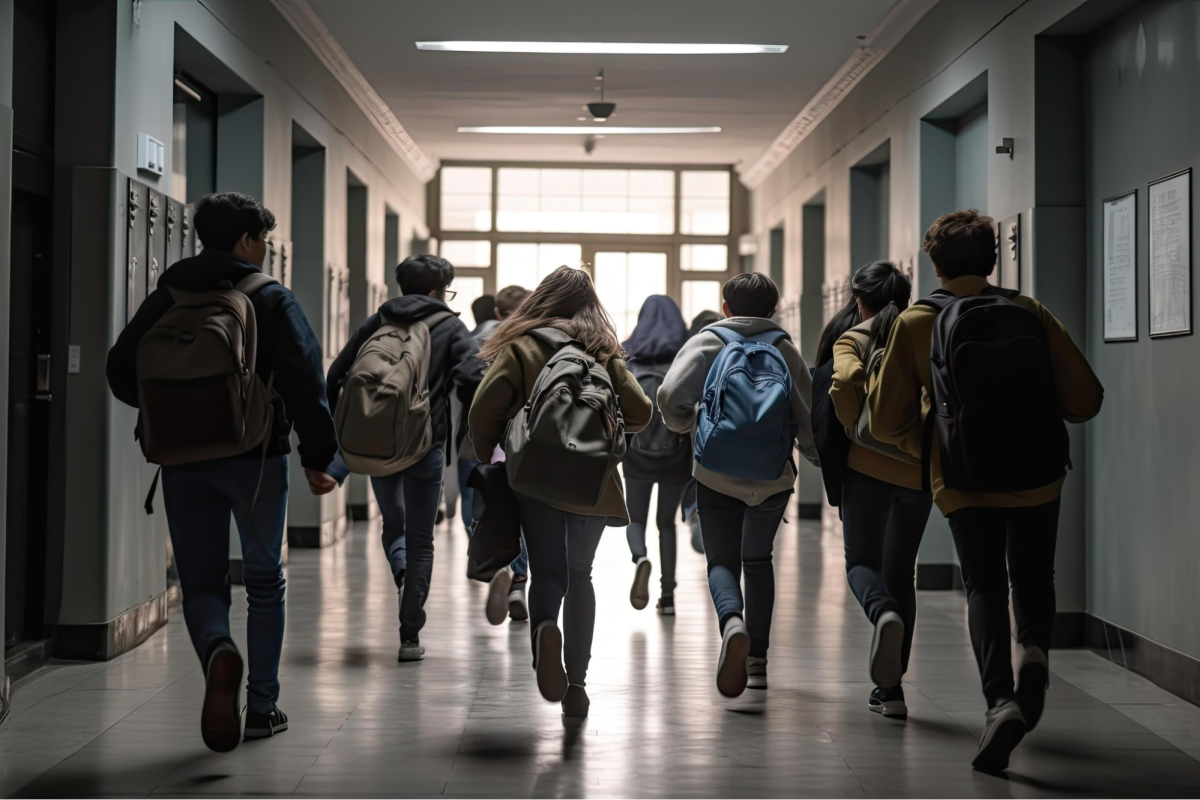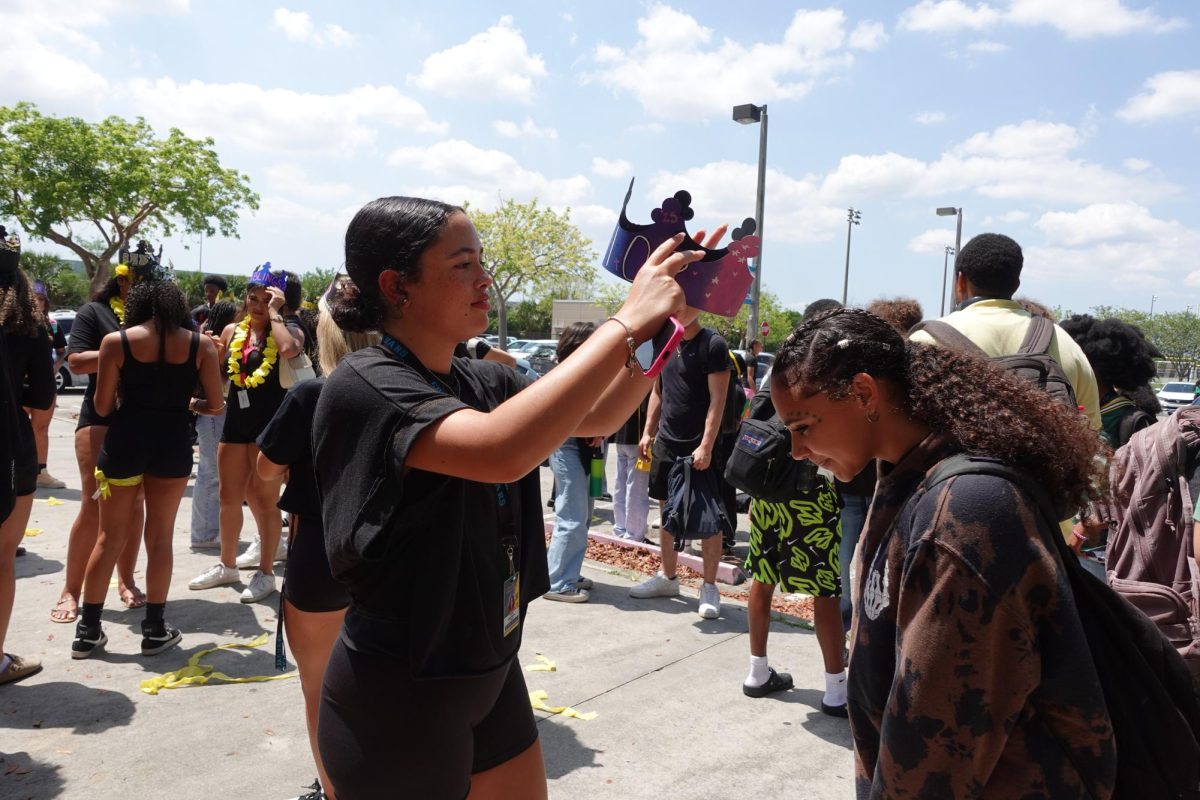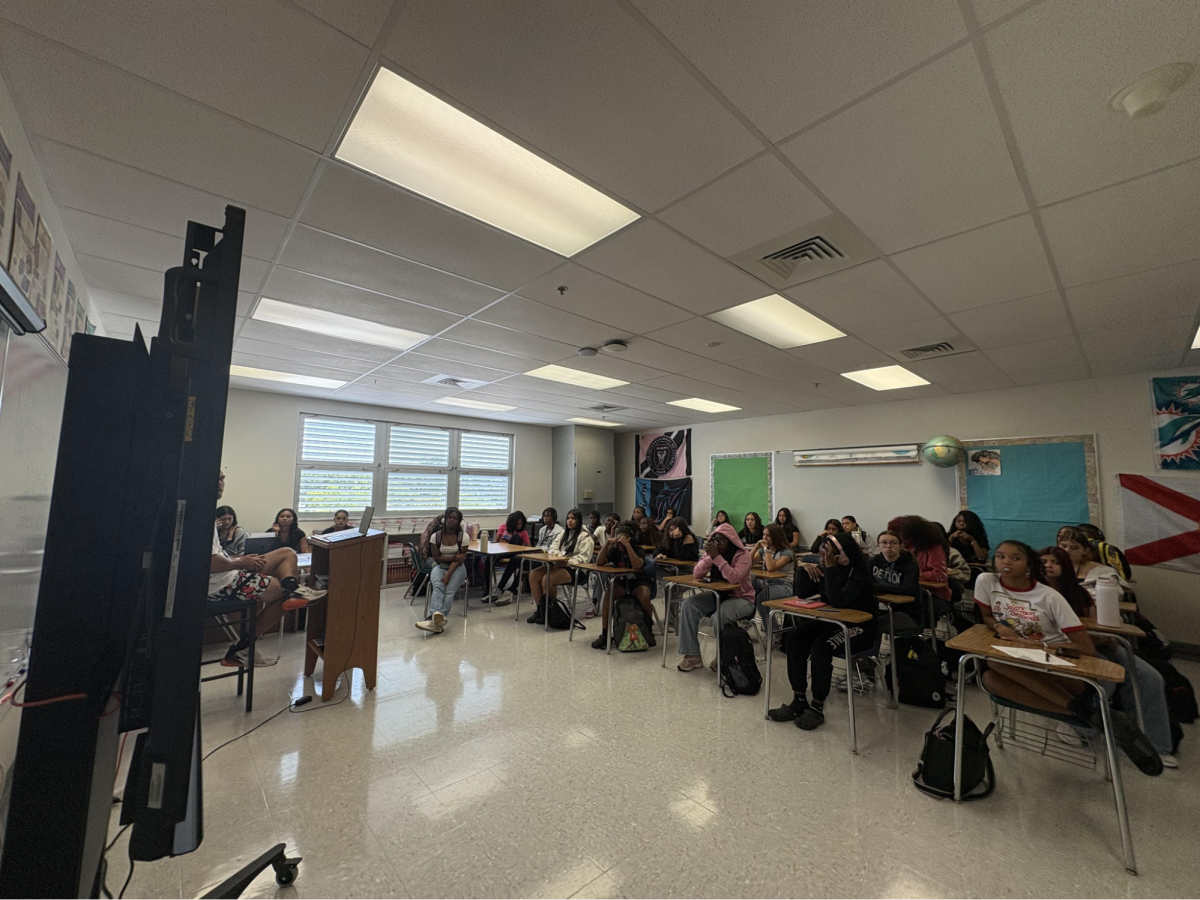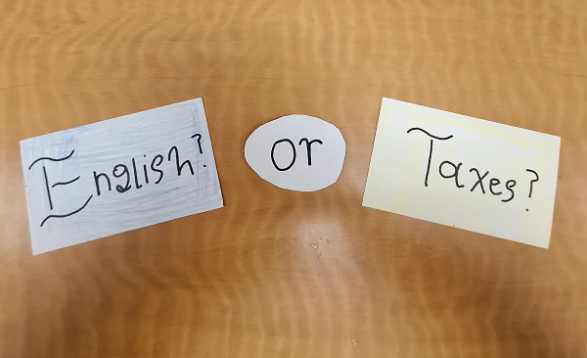Across the United States, schools are facing a challenge that directly affects students: a teacher shortage. While most students focus on grades, sports, or college applications, the truth is that the adults who conduct our educational learning are harder to find and keep.
The shortage had many causes, such as low pay, long hours, and increasing stress, which sent many teachers to leave the profession altogether. According to a recent report, fewer college students are even choosing teaching as a career. As an outcome, schools are struggling to fill classrooms with qualified educators. In some areas, teachers are being asked to teach subjects outside their expertise, or class sizes are overflowing with the number of students, and some classrooms cannot accommodate that many students.
For students, the effects are easy to see. Larger classes mean fewer one-on-one sessions with the teacher for students who need it, making it harder to ask questions or get help when students are confused. It also puts pressure on teachers, who must balance grading, lesson planning, and managing classrooms that might have over 35 students. Some schools depend on substitutes for long periods, which disrupts learning and consistency.
Students themselves have noticed the difference. “When there aren’t enough teachers, it feels like they miss out on the extra help they need to understand the materials,” Joshua Laine (12). The shortage creates a barricade for students who might struggle in certain subjects and need more time with teachers.
Other students have pointed out that the shortage affects everyone, not just those who need extra help. “Big classes make it harder for students to pay attention and seem to add stress to the teachers. It affects everyone,” said Juliana Mathieu (10). These understandings demonstrate that the shortage not only causes logistical problems but also alters the learning experience in school.
The teacher shortage also raises questions about fairness. Wealthier school districts may be able to provide higher pay and attract more staff, while underfunded schools are left struggling. This deepens educational inequality, meaning not every student gets the same opportunity or treatment to succeed.
Regardless of these challenges, many teachers continue to work tirelessly to support their students. They buy classroom supplies with their own money, spend countless evenings grading, and still show up each morning ready to begin the lesson. Their dedication shows how important it is for society to invest more in education, not just in teachers, but for the future of students everywhere.

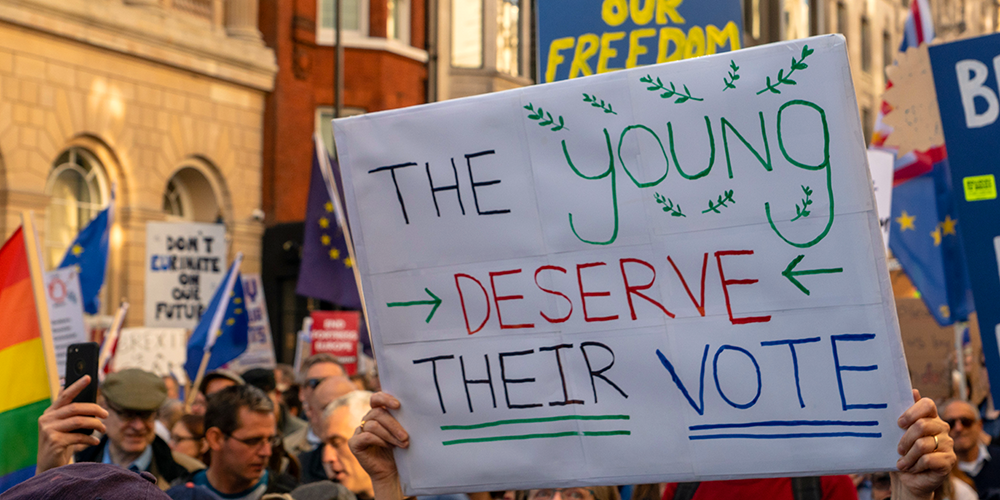
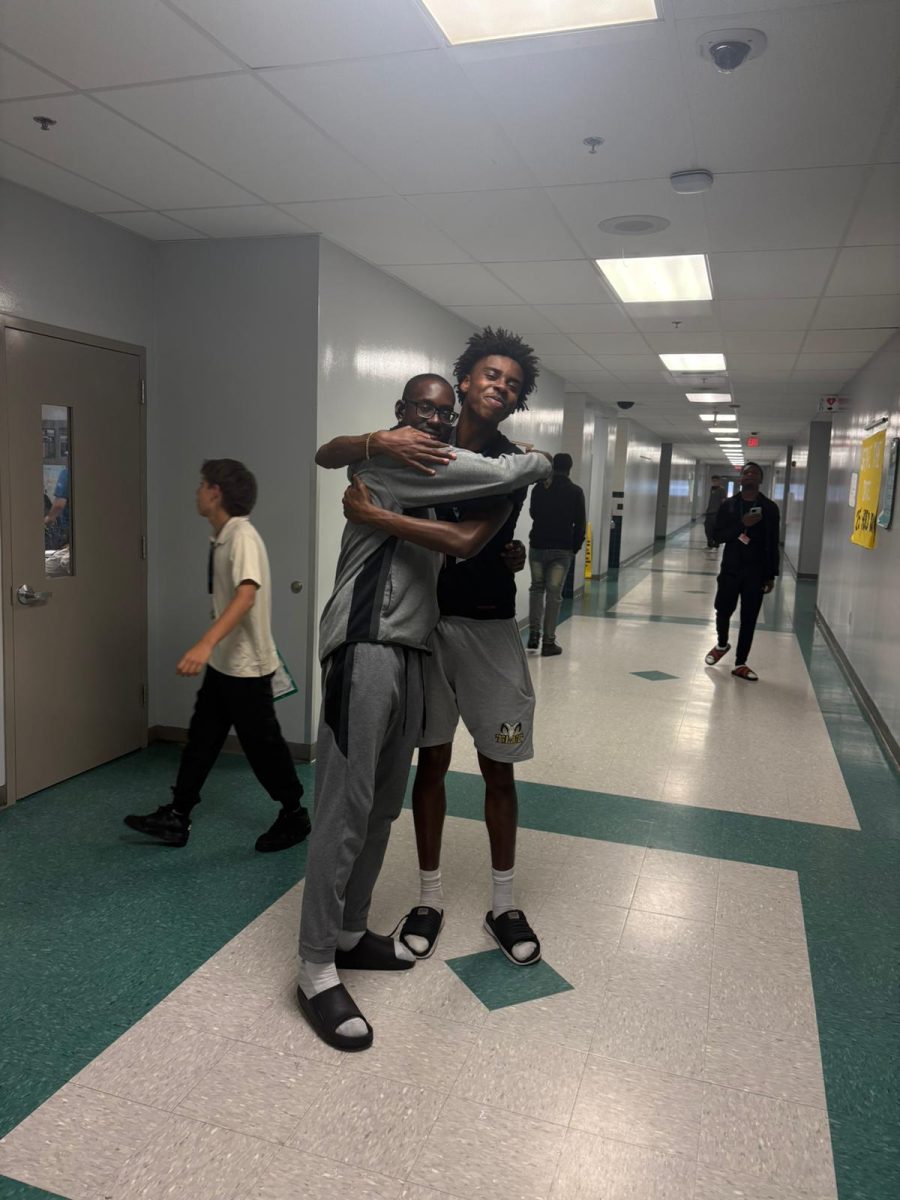


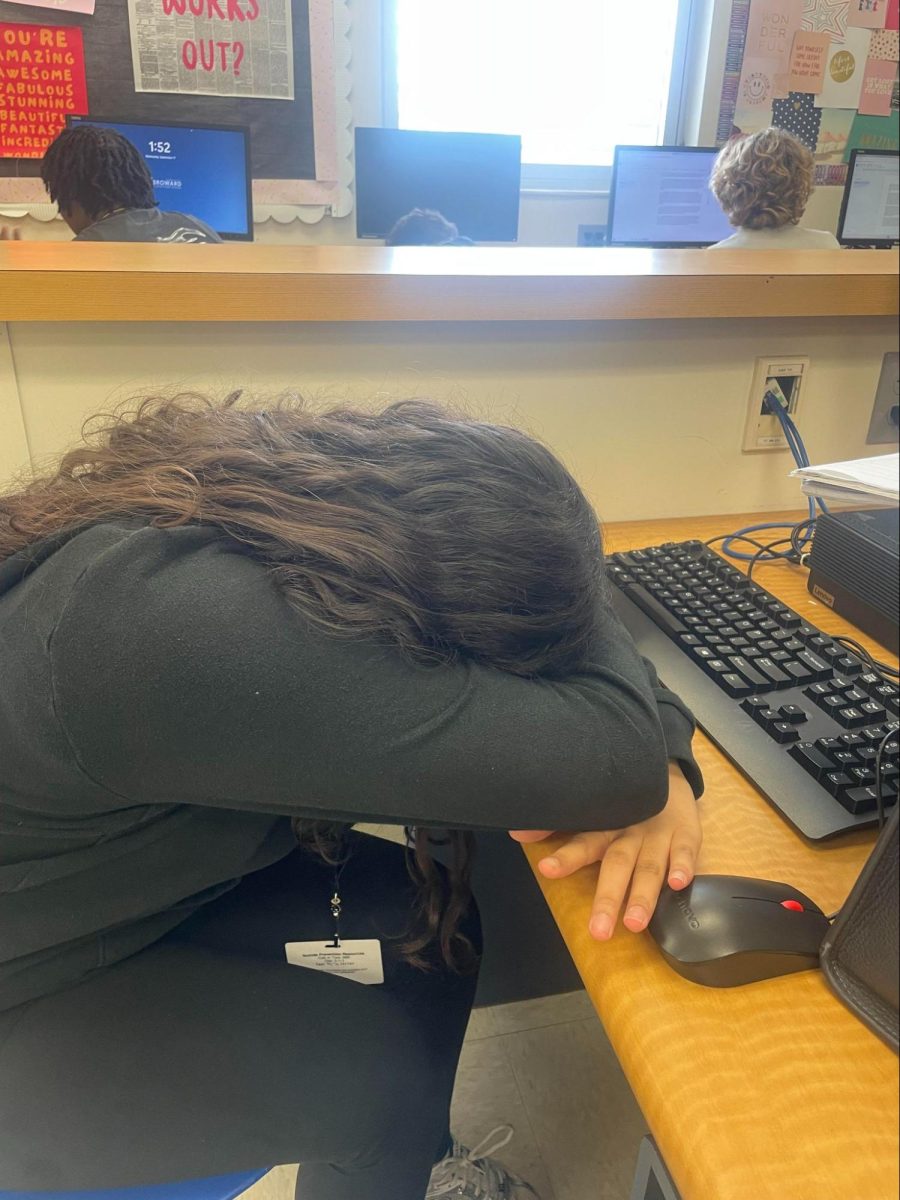


![[Photograph of an Italian sandwich] Photo Creds: https://www.thepioneerwoman.com/food-cooking/recipes/a42398453/italian-sandwich-recipe/](https://cghstheprowl.com/wp-content/uploads/2025/10/image1.png)

